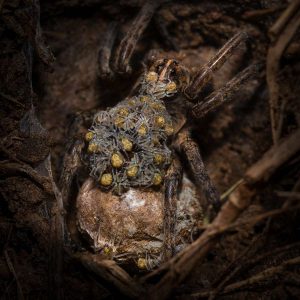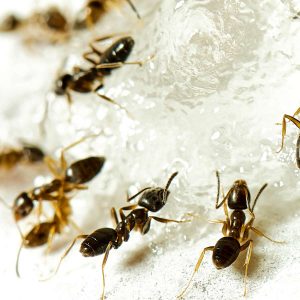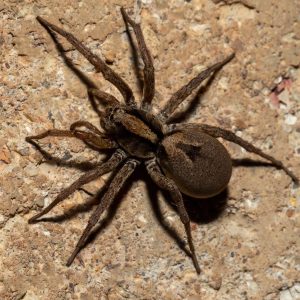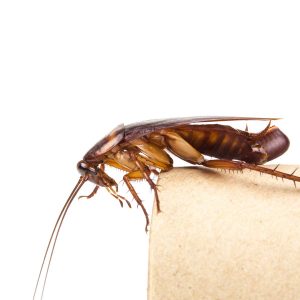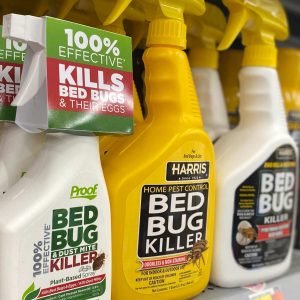There are expensive pest problems, and then there are termite infestations, which can cause significantly more damage than most. While ants, rodents, and roaches can be horrendous house guests, termites can literally eat your building out from under you, costing an average of over $8,000 per home in America. But what options can you pursue if you think you have termites? Can you treat the problem yourself? And if you decide to hire a professional, how long is a termite treatment good for?
Termites damage more than half a million homes per year, so you’re not alone with this problem. The good news is that pest control professionals have powerful anti-termite weapons at their disposal, and termites can be effectively dealt with. This article will arm you with information on preventive measures, treatment options, and what kind of longevity to expect from each type of treatment.
What are the Types of Termite Treatments?
Different treatments last different amounts of time, so let’s begin by exploring the three options.
Option 1: Liquid Termite Treatment – Up to Five Years
Pest control professionals use this method to establish a chemical barrier around the building foundation by injecting termiticide deep into the ground around the perimeter of the home. This treatment remains effective for an average of five years, but annual inspections are recommended because varying soil and weather conditions can occasionally cause breaches in the chemical barrier, allowing termites inside to establish a new presence.
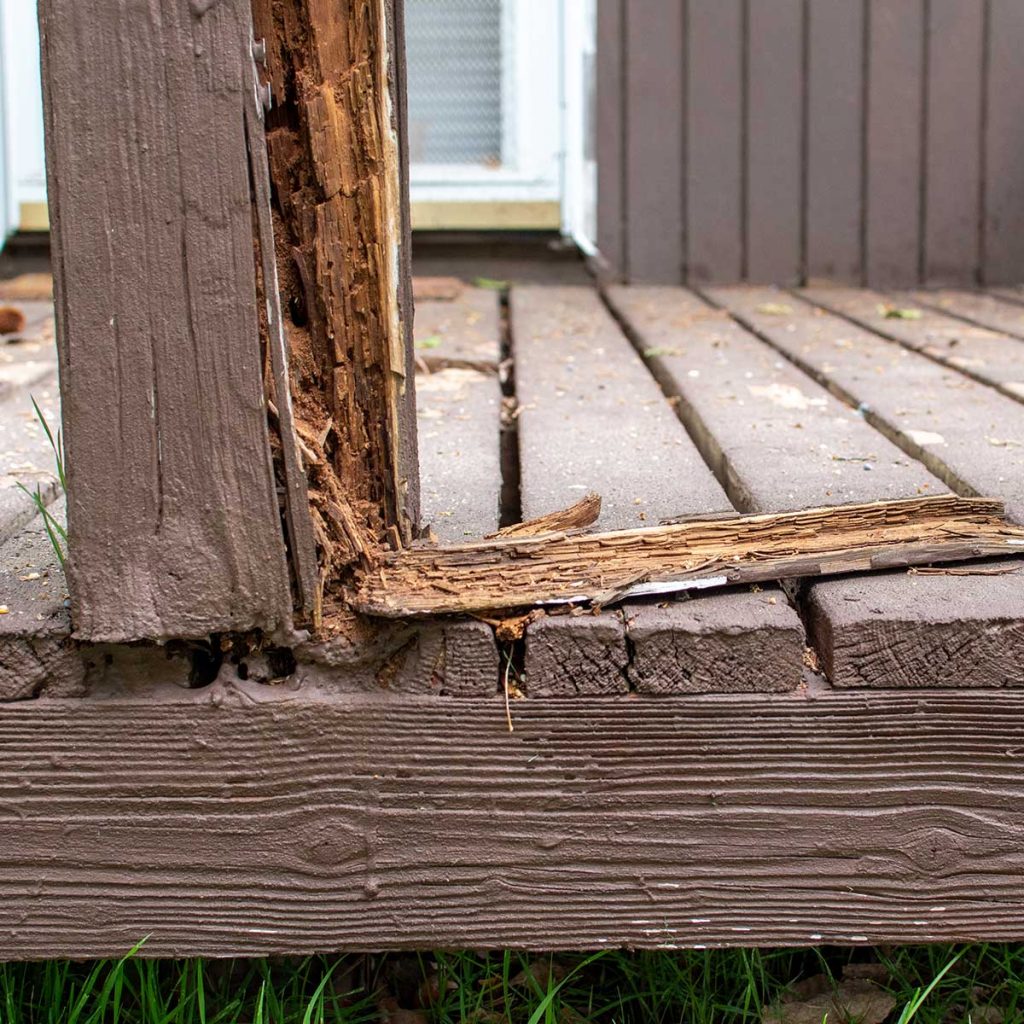
Option 2: Termite Bait Stations – Up to One Year
This DIY treatment can be effective up to one year, with a couple of potential drawbacks. First, you’ll need to maintain them year-round from now on, so it will be an ongoing expense and a perpetual responsibility. The bigger drawback is that termite baits rely on the pests finding them, then carrying them back to the colony to poison the other termites. This doesn’t always happen quickly, so your building may suffer several months of additional damage before the treatment starts working. In defense of this option, it usually works well, once the bait is found.
Option 3: Wood Termite Treatments – Up to Three Months
Also called direct wood treatment, this option is usually reserved for new homes under construction because the wood frame of the house is exposed. With this treatment, professionals spray the frame wood with termiticide, which protects the structure for up to three months.
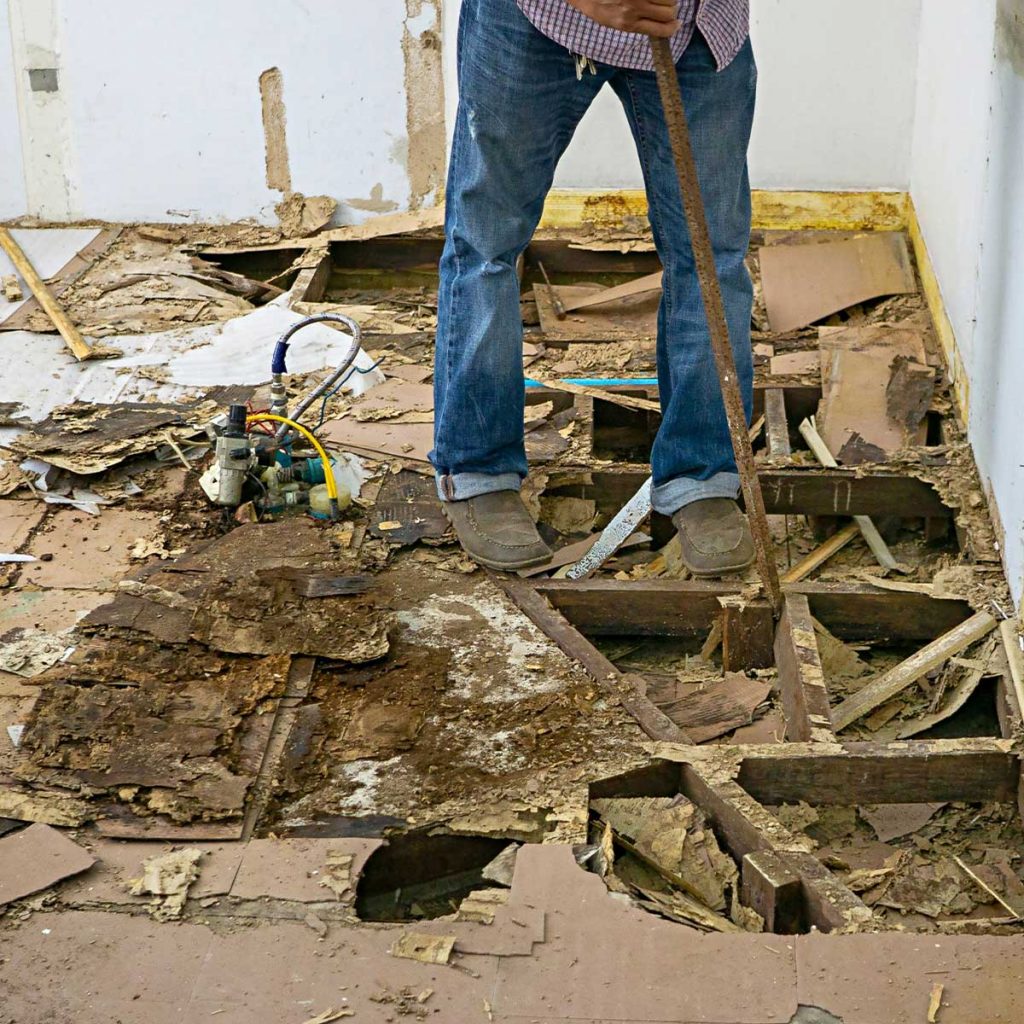
What Factors Affect the Longevity of a Termite Treatment?
One year, five years … these are averages, but results vary from one home to the next depending on:
- The species of termite – Dry wood and subterranean termites are most common in America, and they have very different assault strategies. Dry wood termites live full-time in the tunnels they eat through your structure, while the subterranean species lives in soil near the home and commutes to the dining area through tunnels in the ground. The success of any treatment can vary according to the specific infestation patterns you are experiencing.
- Extent of termite infestation – This is a major factor because larger colonies take longer to exterminate.
- Expertise of the pest control professional – Green pest control professionals undertake special study of pest habitats, behaviors, and preferred traffic patterns. This deep understanding of the “enemy” allows them to identify and treat areas that will have maximum impact on the colony. A less educated pest control professional may not achieve the best possible long term results.
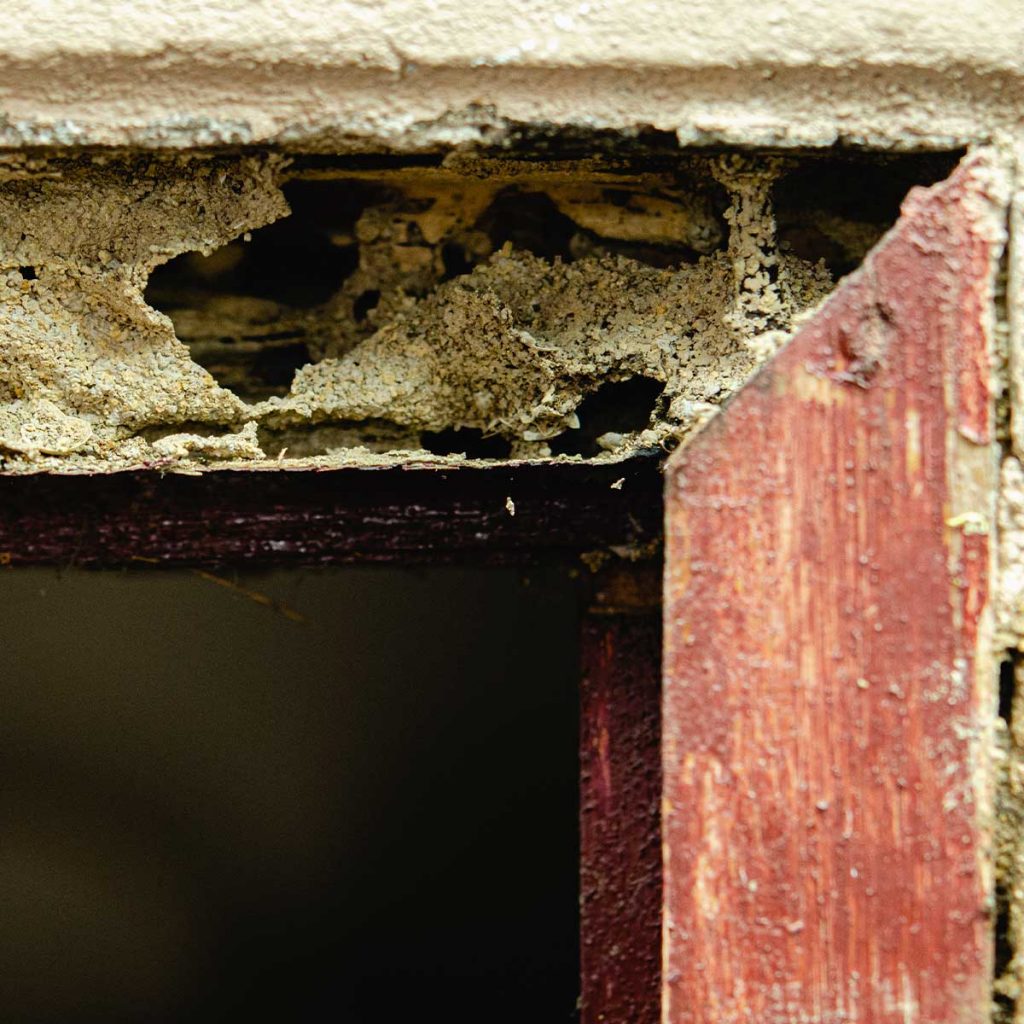
Frequently Asked Questions About Termites
How Often Should I Treat My House For Termites?
Treatments on existing structures last from a few months to five years, depending on what type you use. Bait stations will need to be monitored quarterly and kept active indefinitely, while liquid treatments last up to five years with inspections recommended once per year.
Do termites come back after being treated?
Yes. If you’ve had them in the past, you should employ an ongoing treatment plan from now on. Bait traps can be very effective, but may have delayed results, and they can be less effective when termite traffic patterns change. Liquid treatments last up to five years, and Go Green Pest Control guarantees their effectiveness if they’re provided as part of an ongoing Integrated Pest Management plan.
How fast do termite treatments work?
Liquid treatments can take a few days or few months, generally at the short end of that spectrum. Bait stations may take many months to start working.
How Much does Termite Treatment Cost?
The average termite treatment cost is about $575 according to Forbes magazine with prices commonly ranging from $230 to $930 for most homeowners. It depends on the size of your building, as well as the extent and nature of the infestation. As with most pests, termites are easier to defeat when you catch them early, but termite infestations can go on for years before being detected, so periodic inspection is crucial.
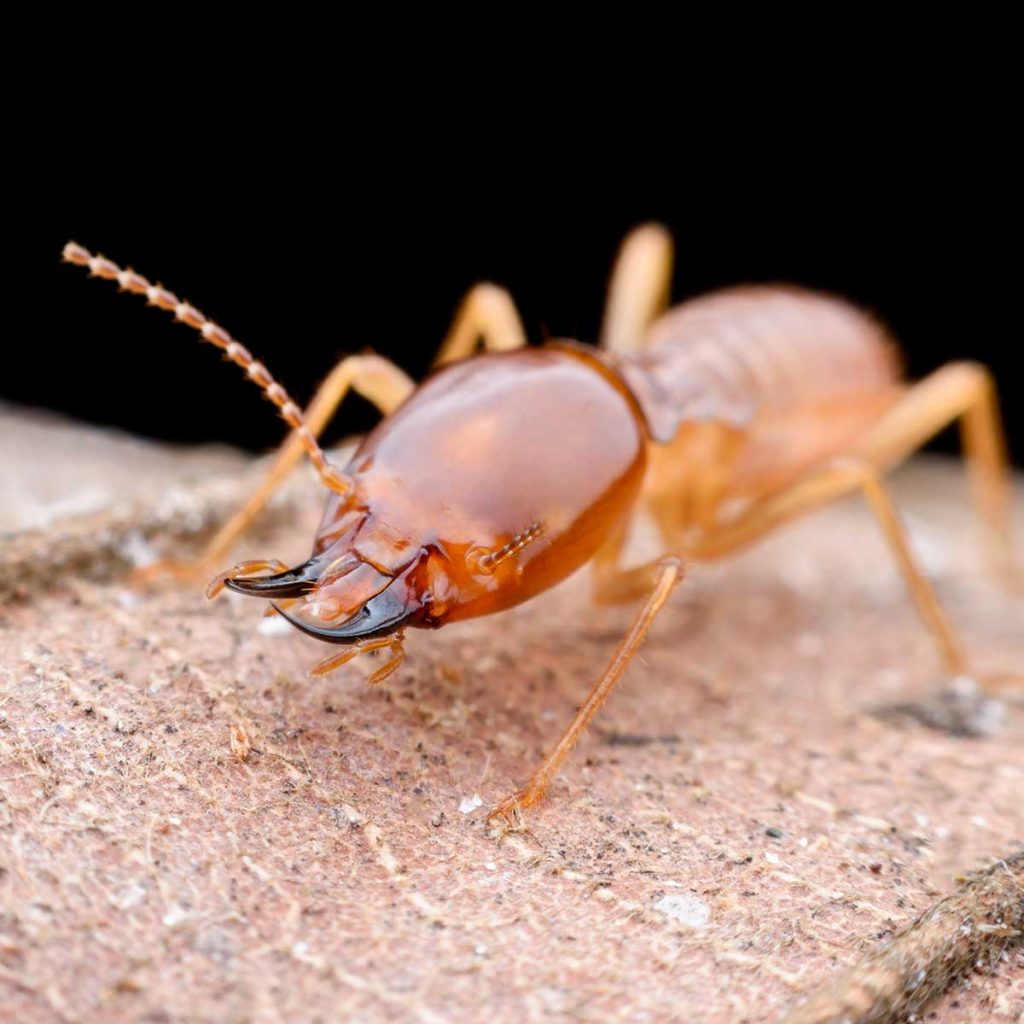
An Integrated Pest Management plan is the only sure way to keep your property pest free, all the time. It involves quarterly treatments and inspections for all types of pests, and typically costs about $80 per month for a 2,000 square foot home. If you’ve ever had to deal with any kind of pest problem, you know that $80 is a bargain—not just financially but emotionally.
If you already have a termite invasion, the problem can still be solved with the help of a pest control professional. But act quickly; if you’ve seen one termite, it’s likely that a colony is already well established in your home. If you live in Wichita, Andover, Manhattan, or Junction City Kansas, Go Green can help. Give us a call to chat with a professional: (316) 733-0687 in Wichita or (785) 377-0687 in Manhattan and Junction City, Kansas. Although you may consider self-treating for termites, this a problem that will require professional green chemicals and methods.

